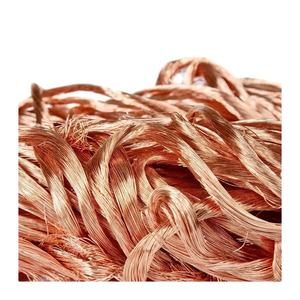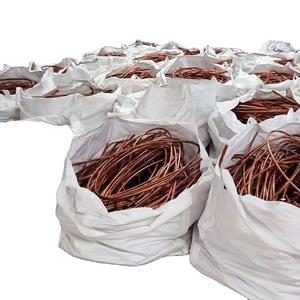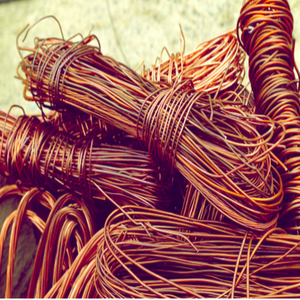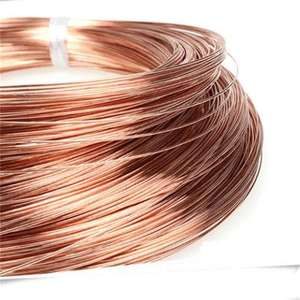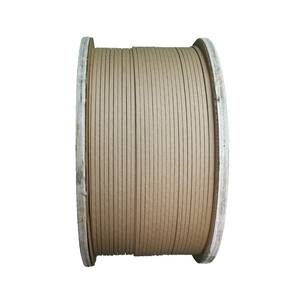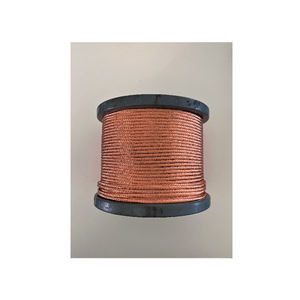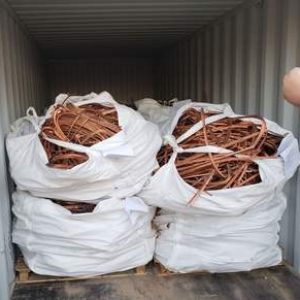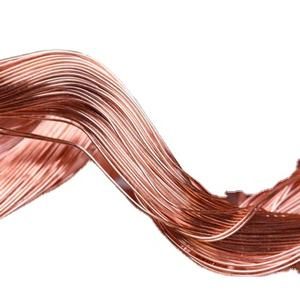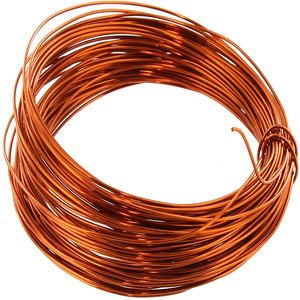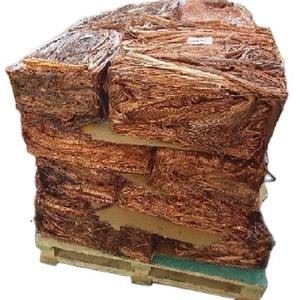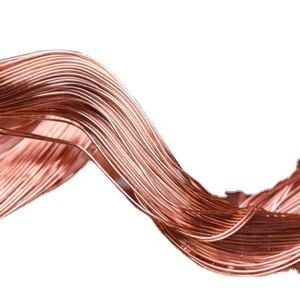Copper wires are essential components in electrical systems, known for their high conductivity, ductility, and reliability. Key parameters that define the characteristics and applications of copper wires include:
- Diameter (Gauge): Wires are commonly measured by their diameter, often expressed in American Wire Gauge (AWG) for electrical wiring in North America. Smaller AWG numbers indicate thicker wires. For example, 12 AWG is thicker than 24 AWG.
- Conductivity: This measures how well the wire conducts electricity and is usually expressed as a percentage of IACS (International Annealed Copper Standard), where pure copper has a conductivity of about 100% IACS.
- Stranding: Wires can be solid or stranded (composed of multiple thinner wires twisted together). Stranded wire is more flexible and easier to work with, especially in applications requiring frequent bending.
- Insulation: The type of insulation coating the wire determines its suitability for different environments. Common insulations include PVC, XLPE (cross-linked polyethylene), and Teflon, each designed for specific temperature ranges, chemical resistance, and mechanical protection.
- Temperature Rating: This indicates the maximum operating temperature the wire can withstand without damage to its insulation or degradation of its conductive properties.
- Voltage Rating: Specifies the maximum voltage the wire can safely carry without risk of electrical breakdown.
- Tensile Strength: Measures the wire’s resistance to breaking under tension, important for installation and long-term durability.
- Resistance: The opposition to electric current flow through the wire, typically measured in ohms per unit length and influenced by wire diameter, material, and temperature.
- Flexibility: Determines how easily the wire can bend without damage, crucial for installations in tight spaces or dynamic applications.
-
Corrosion Resistance: Copper itself is inherently corrosion-resistant, but surface treatments or coatings may enhance this property further for specific environments.
